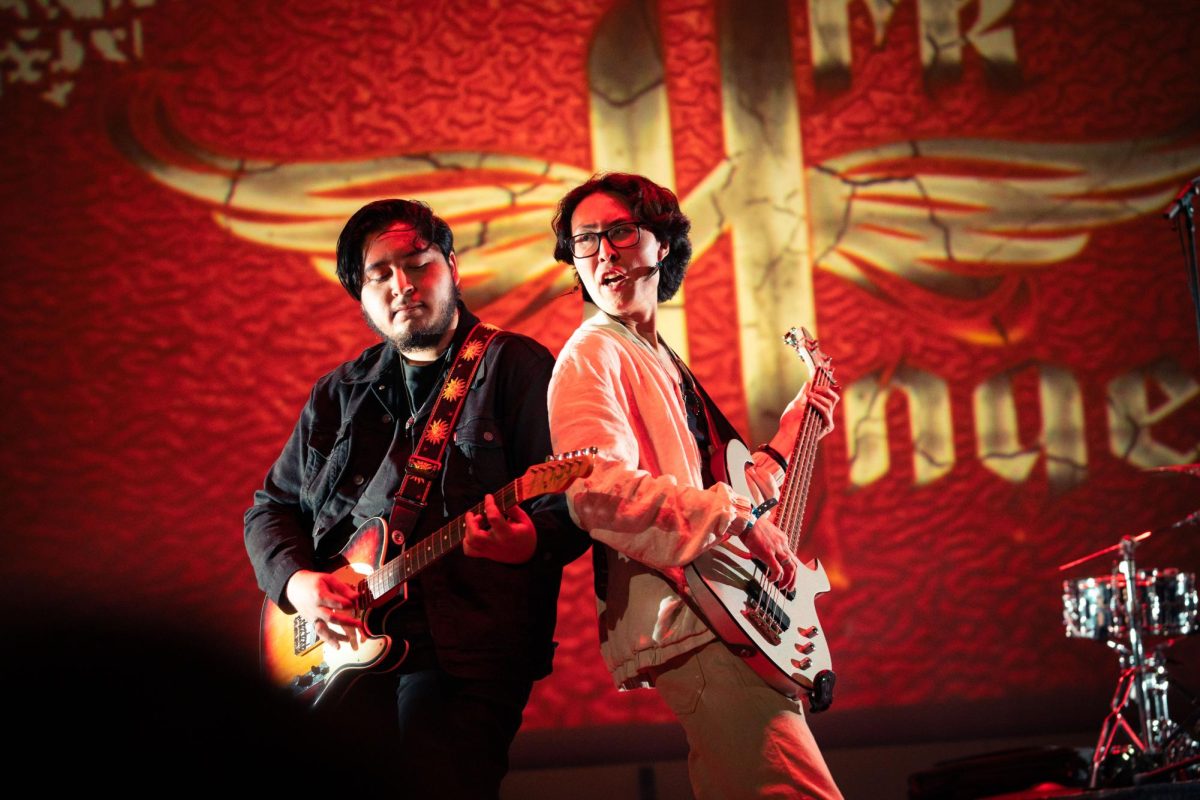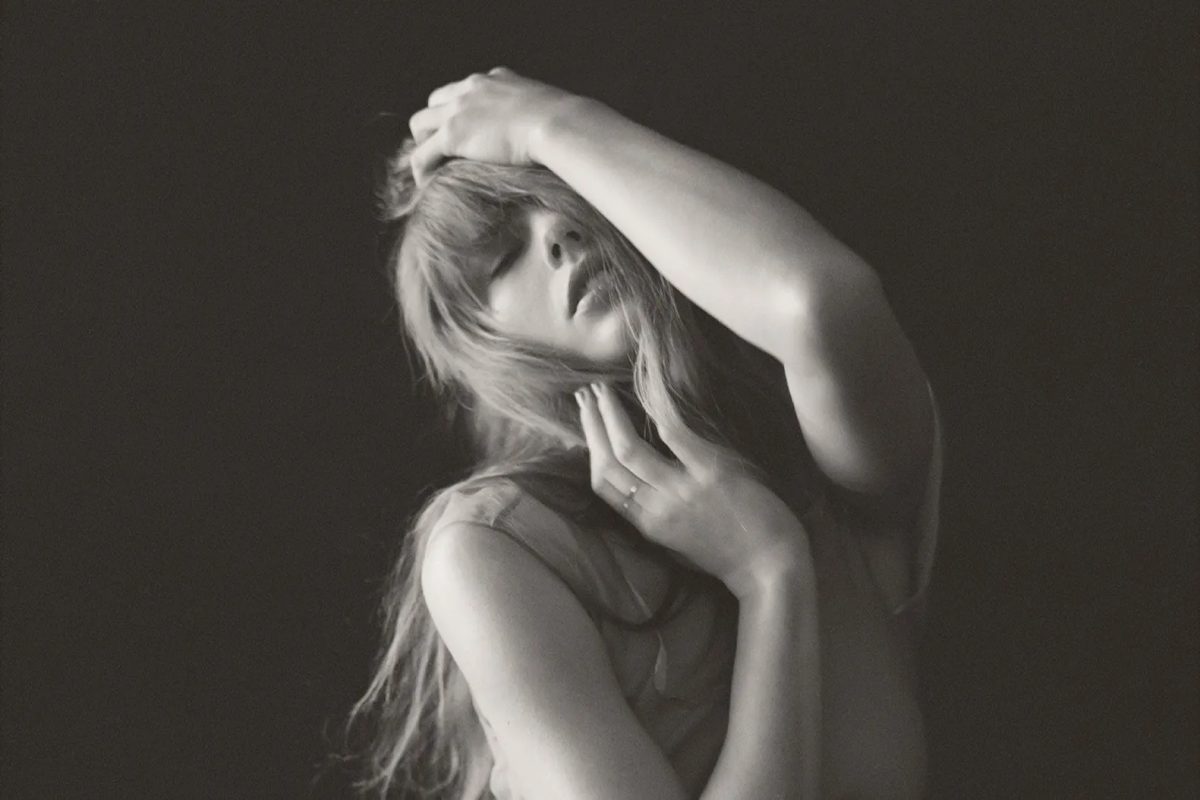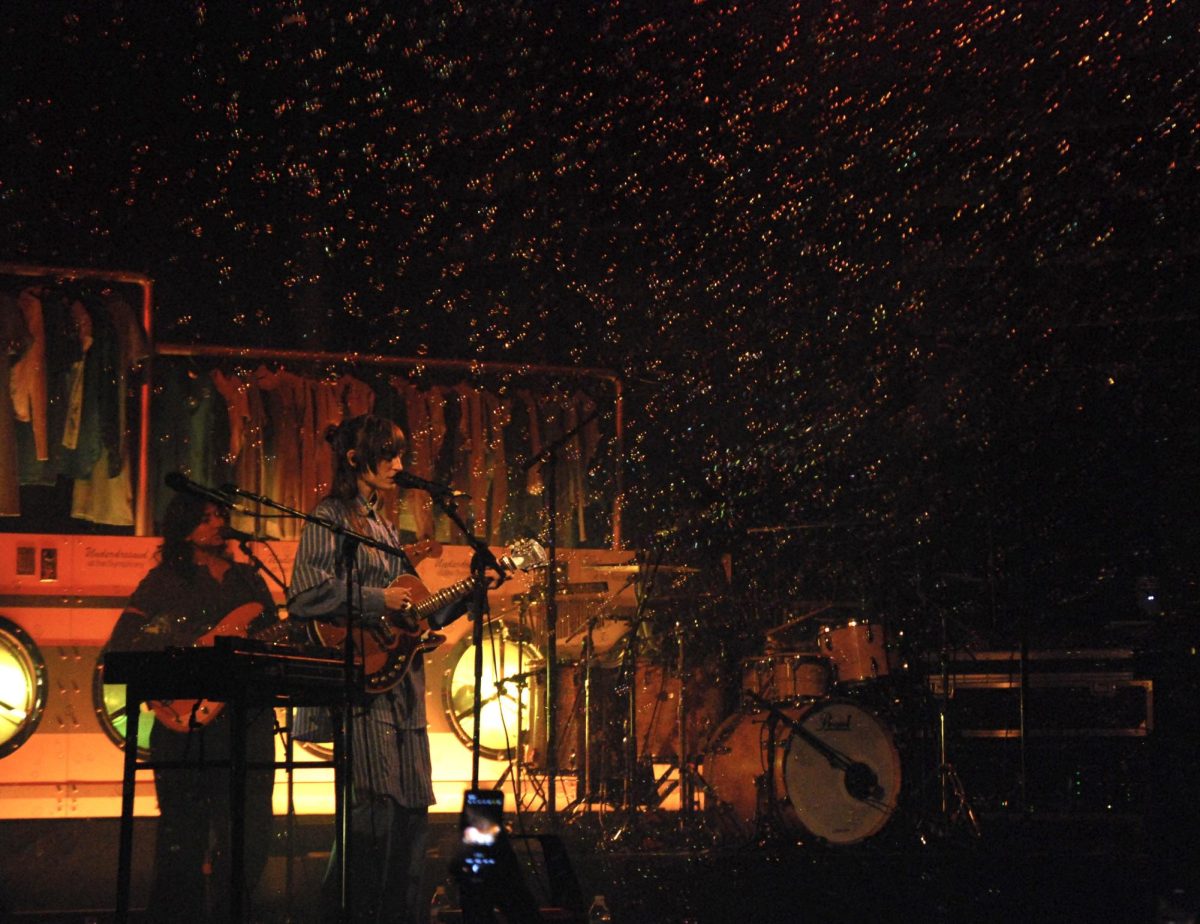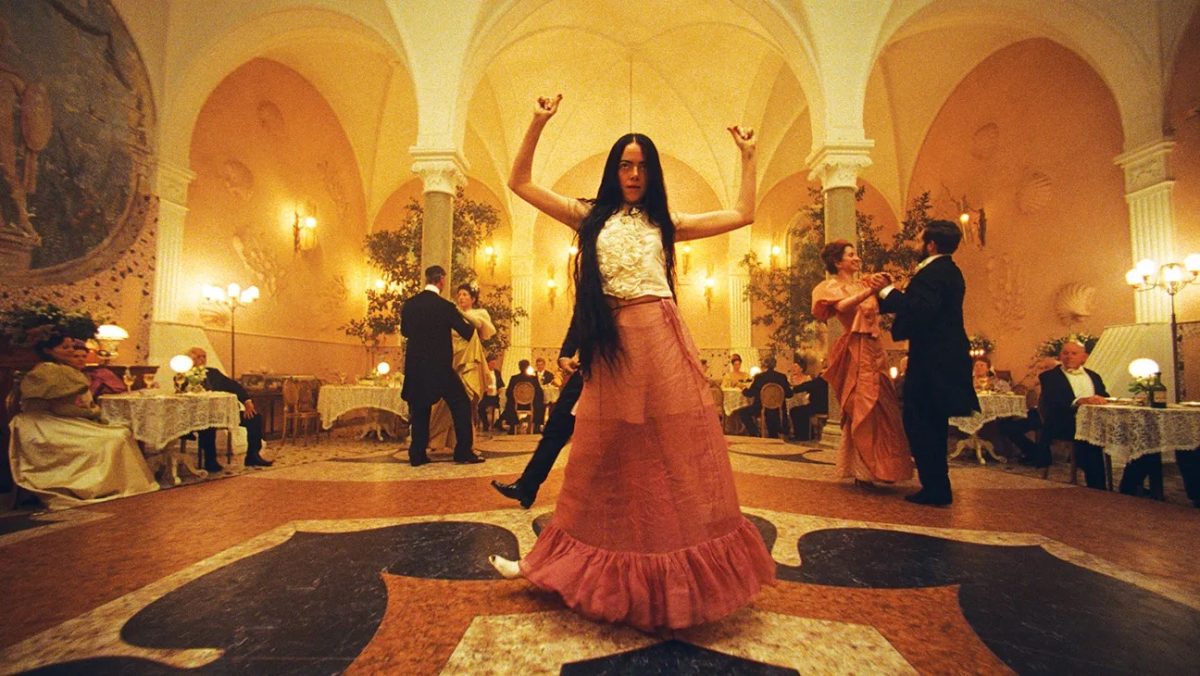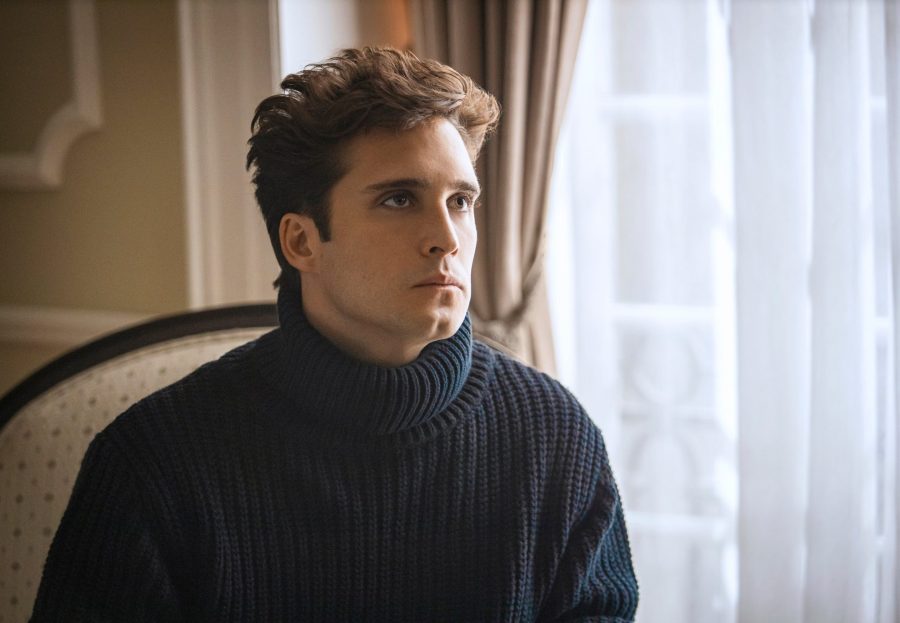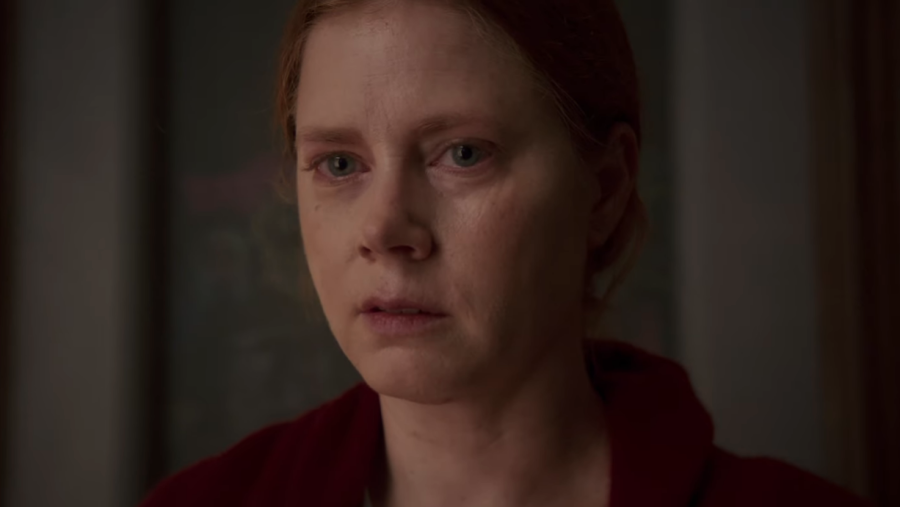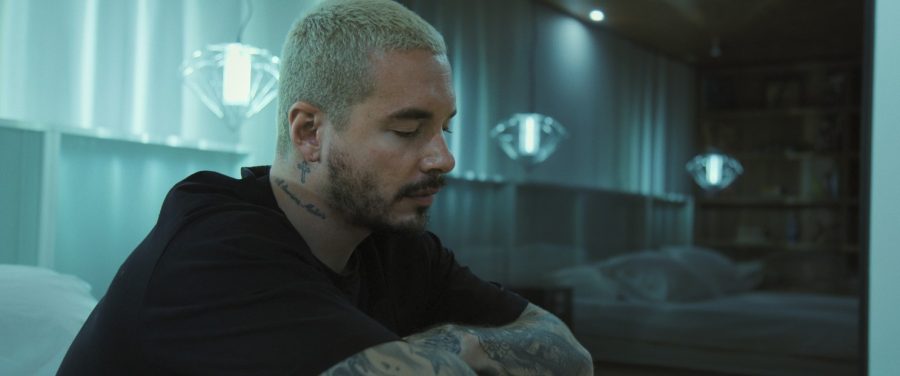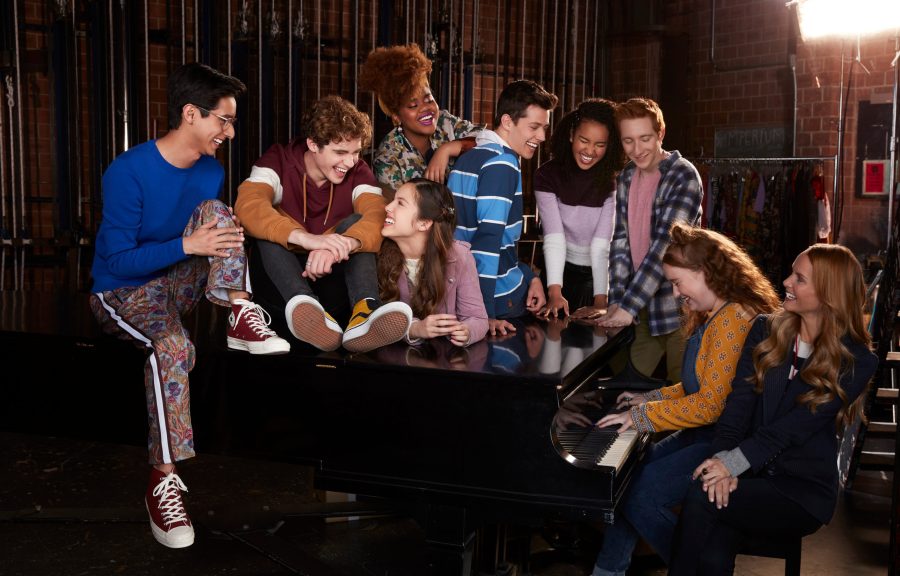The scandalous and famous triangular love affair in Victorian England comes to life with Emma Thompson’s controversial script
Rating: 4.0/5.0
Directed by: Richard Laxton
Starring: Dakota Fanning, Emma Thompson, Greg Wise, Tom Sturridge
Rated: PG-13
Release Date: April 3, 2015
Consider a vulnerable woman in the Victorian era of England, living a lonely life with a cold husband, while her own family in Scotland is only reachable through letters. How would she react to such a miserable life? Oscar-winner Emma Thompson, intrigued by the famous unconsummated marriage between the art critic John Ruskin and his teenaged wife Effie Gray, presents a film that tells this disputable story from a feminist and subjective standpoint. Gorgeous in the sceneries and costumes, “Effie Gray” provides an alternative explanation for the oddness of the marriage and especially Ruskin himself, who has been considered a mystery for centuries.
Effie (Dakota Fanning), a 19-year-old girl from Scotland, begins to have a suppressed life in her new home in London, as John (Greg Wise) fails to give Effie enough love and attention. The situation is worsened by the fact that John refuses to consummate their marriage. When the Ruskin couple heads to Scotland, along with one of the Pre-Raphaelites, Everett Millais (Tom Sturridge), who is going to paint John’s portrait there, the trip becomes the catalyst of the mutual attachment between Effie and Everett. Back in London, Effie decides to take control of her own life and consults her only trusted companion, Lady Eastlake (Emma Thompson), regarding the possibility of the annulment of her marriage.
“Effie Gray” is visually enjoyable as a well-produced period film. Its captivation lies in the beautiful countryside sceneries of Scotland and the fabulous costume design. The exquisite cast easily attracts the audience, and their penetrating acting is no disappointment. Moreover, Thompson has written the screenplay in an appropriate language that is subtle and implicative, which suits the historical context of the Victorian period.
Yet, the film can be too subjective, as it accentuates the heroine as a pure victim surrounded by manipulative and selfish elders, with the exception of Lady Eastlake, and as a perfect young woman, who could be idealized. Throughout the film, there is no one single fault that can be found on the heroine, though she looks endlessly sorrowful, ill and even confused. Contrarily, the film has made Ruskin an absolute villain who is cold, cruel and contemptible, while in real life he was also a successful social thinker and philanthropist. “Effie Gray” suggests that the essential reason why Ruskin is behaving in a queer way comes from his intimidating parents’ aggressive education. Nevertheless, reality could be much more complicated than this story that Thompson introduces to us. Instead of discussing the reactions of the society to the event, she simply approaches the matter from Effie’s psychological point of view and underscores the female vulnerability of the time as a whole.
Despite the depressing and emotional atmosphere the film creates, there are jocular moments of comedies from time to time. But if you find slow-paced movies oppressive, you might think these 108 minutes in the theater extremely long and tedious.


